Amaziğ – Let’s Explore It!
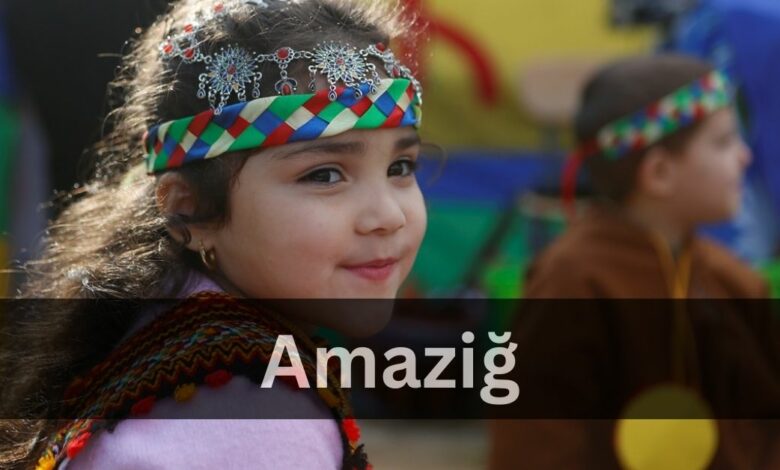
Amaziğ was like diving into a treasure trove of stories and traditions. I was amazed by their colourful festivals and beautiful music, experiencing a rich culture that felt both ancient and alive. It was a journey filled with wonder and appreciation for the Amazi people’s unique heritage.
Amaziğ is a special word that stands for the Amazi people, also called Berbers, who have a fascinating culture rooted in North Africa. They have unique traditions, languages, and a long history that makes them an important part of the region’s heritage.
Step into the captivating world of Amaziğ, where rich traditions and diverse cultures blend into a colourful mosaic of history and identity.
What Is Amaziğ – For Those Who Don’t Know!
Amaziğ is a term that represents the Amazi people, also known as Berbers, who have a fascinating culture rooted in North Africa. They are known for their unique languages, vibrant traditions, and deep-rooted history that spans centuries.
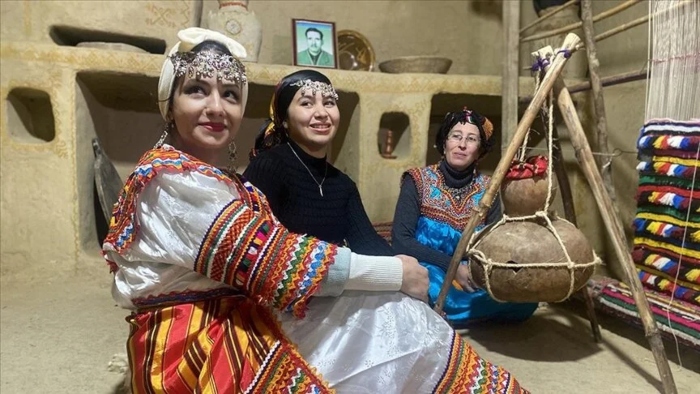
The Amaziğ people have contributed significantly to the cultural diversity of North Africa, with their rich tapestry of customs, art, and storytelling. Their languages, including Tamazight and Tifinagh scripts, reflect their ancient heritage and a strong sense of identity.
The Amaziğ culture celebrates community gatherings, colourful festivals, and traditional music that showcase their resilience and creativity. Throughout history, the Amaziğ people have maintained their cultural practices, preserving ancient traditions while embracing modern influences.
Their unique way of life and close connection to the land are key aspects of their identity.
When Did Amaziğ Begin – Unlock Beginnings!
Amaziğ culture has roots that extend far into ancient history, with origins dating back thousands of years. The Amazi people, also known as Berbers, have a rich and complex heritage that has evolved over centuries.
They have inhabited North Africa for millennia, making significant contributions to the region’s cultural landscape. The exact timeline of when the Amaziğ culture began is challenging to pinpoint precisely due to its ancient origins.
However, archaeological evidence and historical records indicate that the Amazi people have existed as a distinct cultural group for several millennia. Their language, customs, and traditions have been passed down through generations, shaping their identity and fostering a strong sense of community.
The Amaziğ culture continues to evolve and thrive, blending ancient practices with modern influences.
Also Read: Candy Crush Level 532 – Level Up Your Gaming Skills!
How Do The Amazi People Live – Know About Lifestyle!
The Amazi people lead lives deeply rooted in their cultural heritage, blending ancient traditions with modern influences. Their lifestyle is shaped by a strong sense of community, respect for nature, and vibrant cultural practices.
Family and Community:
Central to Amazi life is the importance of family and community. They value close-knit relationships, extended families living together, and collective decision-making within their communities.
Traditional Dwellings:
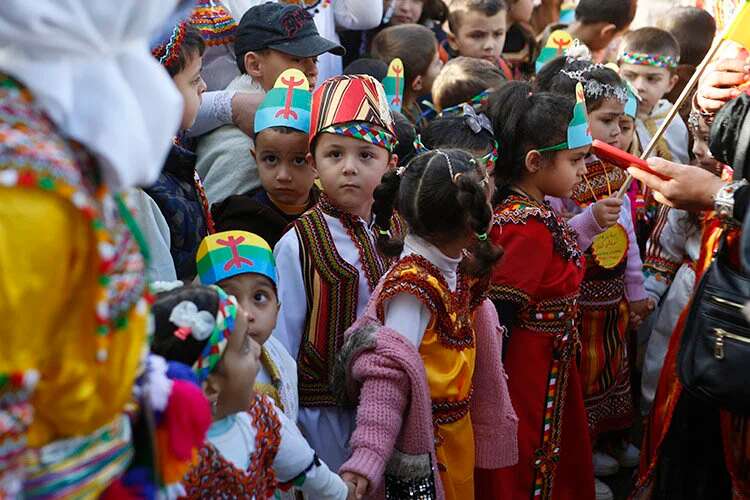
Traditionally, Amazi people live in homes known as “ksars” or “kasbahs,” which are fortified villages or citadels made of mud bricks. These structures reflect their historical architecture and provide shelter in the arid regions of North Africa.
Livelihoods:
The Amazi people engage in various livelihoods, including agriculture, herding, craftsmanship, and trade. They have adapted to their environments, cultivating crops like wheat, barley, olives, and dates, and raising livestock such as goats, sheep, and camels.
Cultural Practices:
Amazi culture is rich in traditional practices that are passed down through generations. These include vibrant festivals, traditional music and dance, storytelling, and artisanal crafts like pottery, weaving, and metalwork.
Language and Education:
The Amazi people have their languages, such as Tamazight, Tifinagh, and regional dialects. Education plays a crucial role in preserving their languages and cultural identity, with efforts to teach Amazi languages in schools and communities.
Modern Influences:
While preserving their cultural heritage, the Amazi people also embrace modern influences. They may use modern technology, engage in contemporary arts and music, and participate in global trade and communication.
Also Read: Best Buy Going Out Of Business – Explore For All Details!
What Languages Do The Amazi People Speak – Let’s Talk About It!
The Amazi people, also known as Berbers, speak a variety of languages that are integral to their cultural identity and heritage. These languages have evolved over centuries and reflect the diversity and richness of Amazi culture.
Tamazight:
One of the primary languages spoken by the Amazi people is Tamazight, which encompasses various regional dialects. Tamazight is a Berber language with a long history and is used by communities across North Africa.
Tifinagh Script:
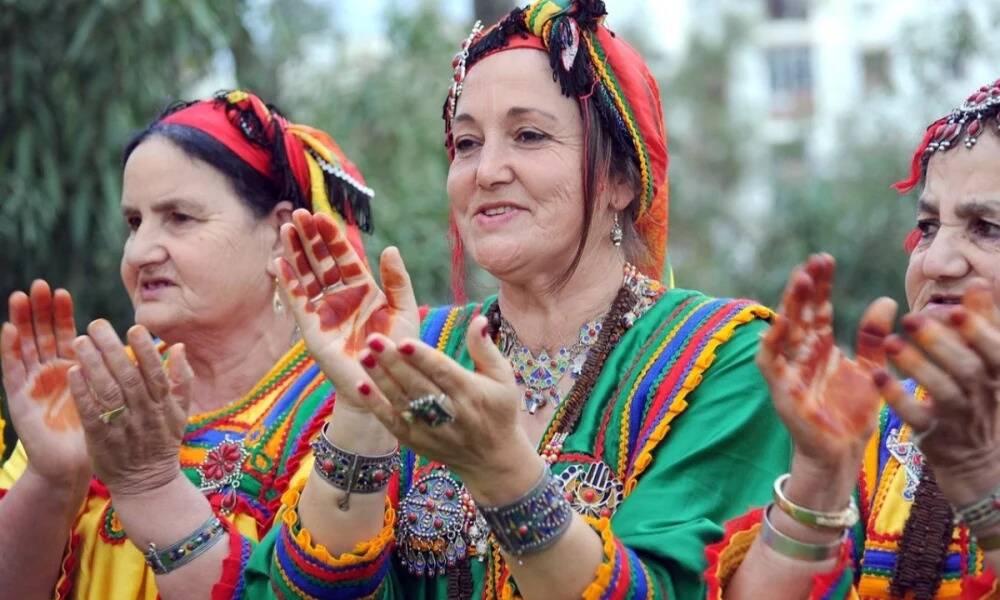
Amazi people also use the Tifinagh script, an ancient writing system that predates the Arabic script. Tifinagh is unique to the Berber languages and is recognized as an important cultural symbol.
Regional Dialects:
In addition to Tamazight, Amazi communities may speak regional dialects that have distinct linguistic features and vocabulary. These dialects often reflect local customs, traditions, and geographical influences.
Arabic:
Many Amazi people are also proficient in Arabic, which serves as a lingua franca in the region and is commonly used in educational, governmental, and commercial settings.
French and Other Languages:
Due to historical influences and modern education, some Amazi individuals may also speak French or other languages, especially in urban areas and among younger generations.
Language Preservation:
Efforts are underway to preserve and promote Amazi languages, including initiatives in education, media, and cultural institutions. Language revitalization programs aim to ensure that future generations can continue speaking and writing in their native languages.
Also Read: Thestartofus Broke Up – Understanding The Dynamics!
What Are Some Important Traditions Of The Amazi People – Find Out More!
The Amazi people have a rich tapestry of traditions that are integral to their cultural identity and heritage. These traditions reflect their deep connection to their land, community values, and historical experiences.
Festivals and Celebrations:
The Amazi people celebrate various festivals throughout the year, marking important milestones like harvests, religious occasions, and community gatherings. These festivals often involve colorful parades, traditional music and dance performances, and feasts shared with family and friends.
Artisanal Crafts:
Artisanal crafts play a significant role in the Amazi culture. Skilled craftsmen and women create beautiful pottery, intricate textiles, jewellery, and woodwork, showcasing traditional techniques and designs passed down through generations.
Storytelling and Oral Traditions:
Storytelling is a cherished tradition among the Amazi people. Elders pass down myths, legends, and historical narratives through oral traditions, preserving their cultural heritage and teaching valuable lessons about history, morals, and identity.
Ceremonies and Rituals:
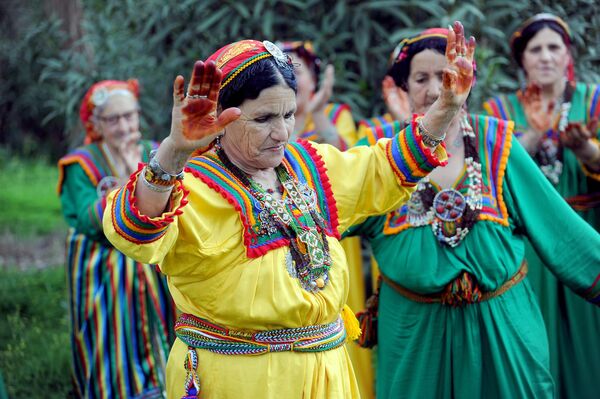
Ceremonies and rituals hold special importance in Amazi life. These may include rites of passage, such as coming-of-age ceremonies, weddings, and funerals, each marked by unique customs, prayers, and symbolic gestures.
Community Gatherings:
Community gatherings are central to Amazi life, fostering unity, solidarity, and mutual support. These gatherings often involve shared meals, music, dance, and discussions on important community matters, reinforcing social bonds and collective values.
Traditional Knowledge and Healing Practices:
The Amazi people have traditional knowledge systems related to herbal medicine, healing practices, and ecological wisdom. Elders and healers pass down this knowledge, using natural remedies and spiritual rituals to promote well-being and harmony with nature.
FAQS:
1. What is the role of women in amaziğ society?
Amazi women play active roles in their communities, contributing to family life, agriculture, crafts, and preserving cultural practices.
2. How has Islam influenced amaziğ culture?
Islam has been a significant influence on Amazi culture for centuries, shaping religious beliefs, customs, and social practices.
3. What can people do to learn more about amaziğ culture?
People can explore amaziğ culture through books, documentaries, cultural events, and engaging with Amazi communities to gain a deeper understanding.
Conclusion:
Amaziğ represents the rich culture of the Berber people in North Africa, with unique traditions, languages, and a deep-rooted history, shaping the region’s heritage.
Also Read:



